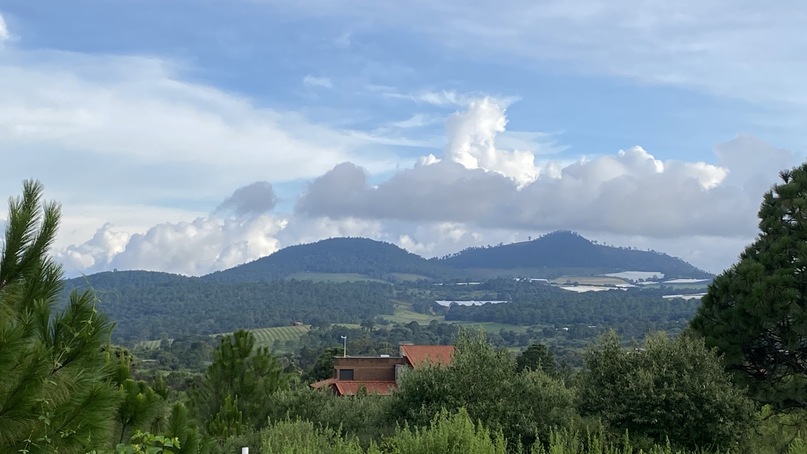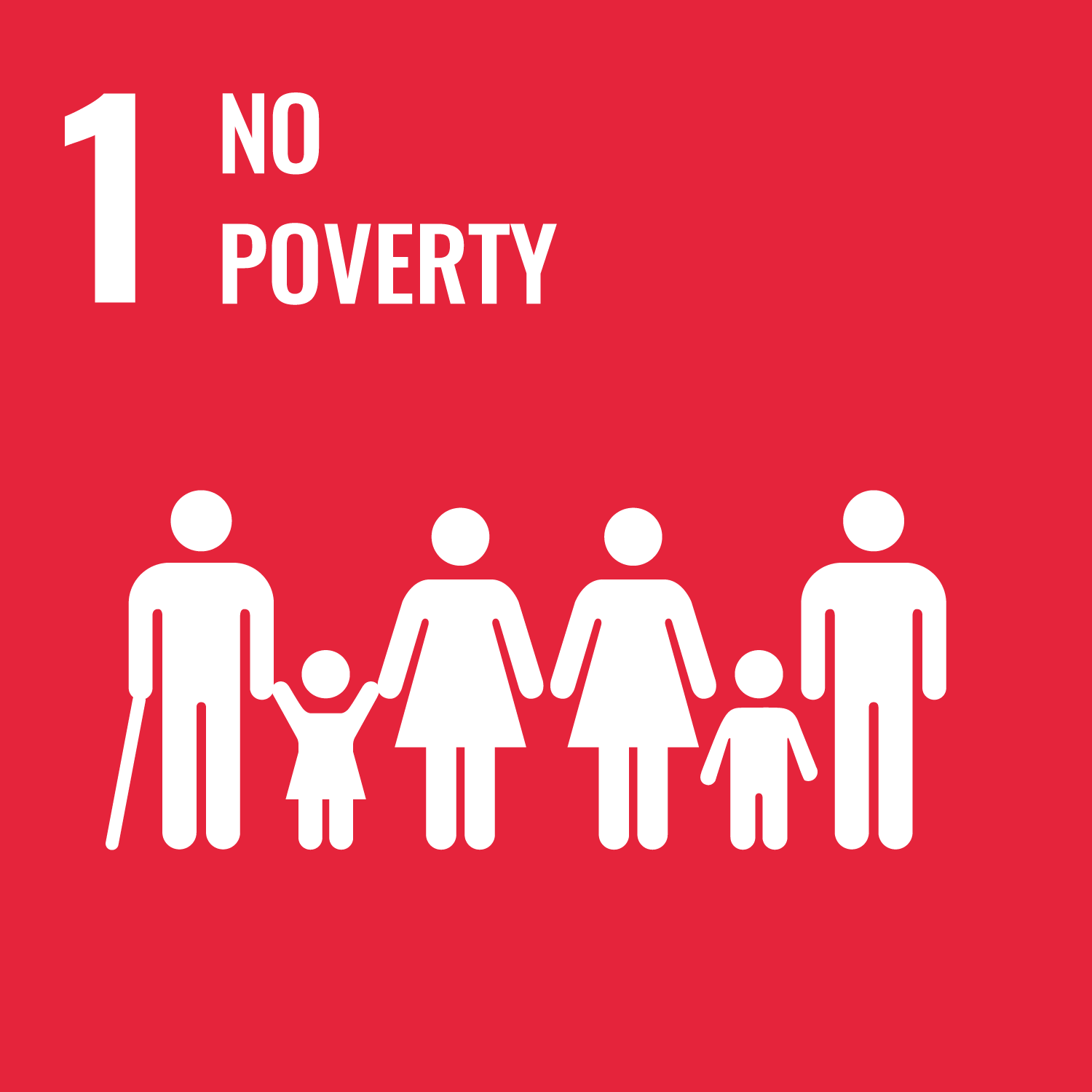Local livelihoods the key to forest landscape restoration in Central America and Mexico—webinar
16 September 2021

A forested landscape in Mexico with multiple land uses, including ecotourism, agriculture and forestry. Photo: R. Carrillo/ITTO
Yokohama, 16 September 2021: Forest landscape restoration is a multifaceted endeavour that must improve local livelihoods to succeed, according to participants at a recent webinar for Central America and Mexico co-hosted by ITTO and the Tropical Agricultural Centre for Research and Education (CATIE).
The webinar was the first of a planned series of training events worldwide on forest landscape restoration (FLR) designed to increase awareness and understanding of ITTO’s Guidelines for Forest Landscape Restoration in the Tropics, which were published in 2020.
The webinar took place on 19 August 2021, with the participation of about 70 restoration experts from Central American countries and Mexico. It featured speakers from various organizations, including CATIE, the International Union for Conservation of Nature (IUCN), the World Resources Institute (WRI) and the Private Institute for Climate Change, as well as El Salvador’s Ministry of Environment and Natural Resources.
“FLR is sorely needed worldwide to halt and reverse widespread forest landscape degradation, including in the tropics,” said Dr Cesar Sabogal, a coauthor of the ITTO guidelines, at the opening of the webinar. “But it will only succeed if it helps people improve their livelihoods, and it has to be done by fully engaging local people, especially farmers and other smallholders, and understanding their perceptions and contexts.”
Presentations at the webinar addressed a wide range of issues related to FLR, from planning to business models and tools, and featured real-world experiences.
CATIE’s Roger Villalobos noted that FLR requires a clear intersectoral governance structure, broad and multidisciplinary stakeholder participation, and clarity on who the key actors are, how they will participate and how they will be affected by the FLR process.
WRI’s Rene Zamora addressed the importance of a participatory process at the national level through case studies in Chile and Guatemala using the “Social Landscapes” tool, which is a simple method for identifying stakeholders based on social perceptions. These examples showed that understanding the various perceptions on the causes of and solutions to forest landscape degradation enables the development of effective agreements among stakeholders that minimize negative externalities and maximize the benefits of FLR.
IUCN’s Silvio Simonit described a FLR planning approach in Oaxaca, Mexico, which identified geographic priorities and activities that provided long-term benefits and delivered net environmental gains. This case study showed that FLR based on productive models offers a viable alternative to other land uses by delivering economic profitability and various social returns, thereby helping reduce deforestation. Crucially, said Mr Simonit, any restoration effort must be accompanied by adequate regulatory instruments and financing models that link restoration to incentives for the conservation of natural vegetation in productive landscapes.
CATIE’s Vladimir Valera explored the role of business models in FLR strategies and the need to promote markets for locally generated goods and services. “Forest restoration and management strategies must be closely linked to market opportunities,” he said. “The profitability of forest management systems will promote a dynamic incentive for the restoration and conservation of forest landscapes.”
The challenges associated with developing productive value chains as part of efforts to restore degraded landscapes is exemplified by a cacao-based agroforestry system in Lachuá, Guatemala. The experience, described by IUCN’s Tania Ammour, shows that the development of restoration-based value chains can take decades. It also requires ongoing efforts to address the multifaceted FLR process, such as land tenure, marketing, technical management, financing and the environment.
Other themes addressed at the webinar included the identification and selection of landscape restoration interventions; experiences from the private sector in the restoration of riverbanks in agricultural landscapes; the restoration of forest cover through secondary forest management as an effective means to increase carbon storage, conserve biodiversity and create sustainable livelihoods; national monitoring in El Salvador through the use of the Restoration Barometer, a flexible tool that allows countries to report on progress in FLR; and the importance of communication from the very beginning of a FLR project.
Overall, webinar participants agreed that given the highly complex policy, institutional, financial and technical challenges of FLR, tools such as ITTO’s Guidelines for Forest Landscape Restoration in the Tropics are essential for its implementation in the region’s vast range of contexts.
The webinar recording (in Spanish) is available at: www.youtube.com/watch?v=p1GfAdcNAqQ
Download the Guidelines for Forest Landscape Restoration in the Tropics and its policy brief
Download the webinar presentations and their summaries below (in Spanish)



